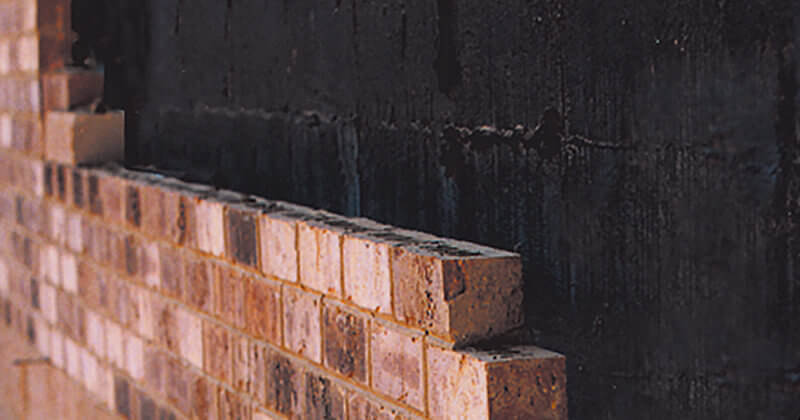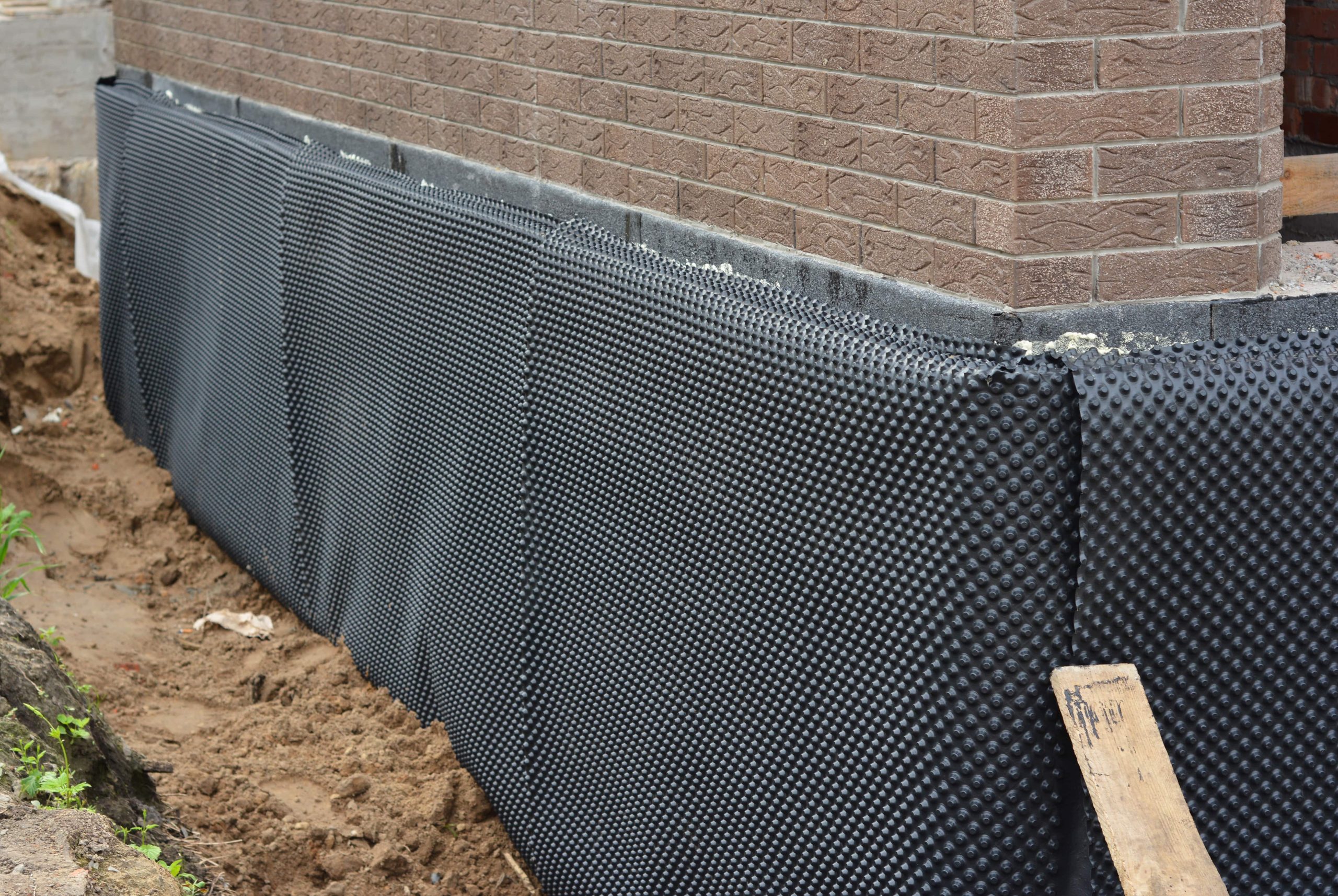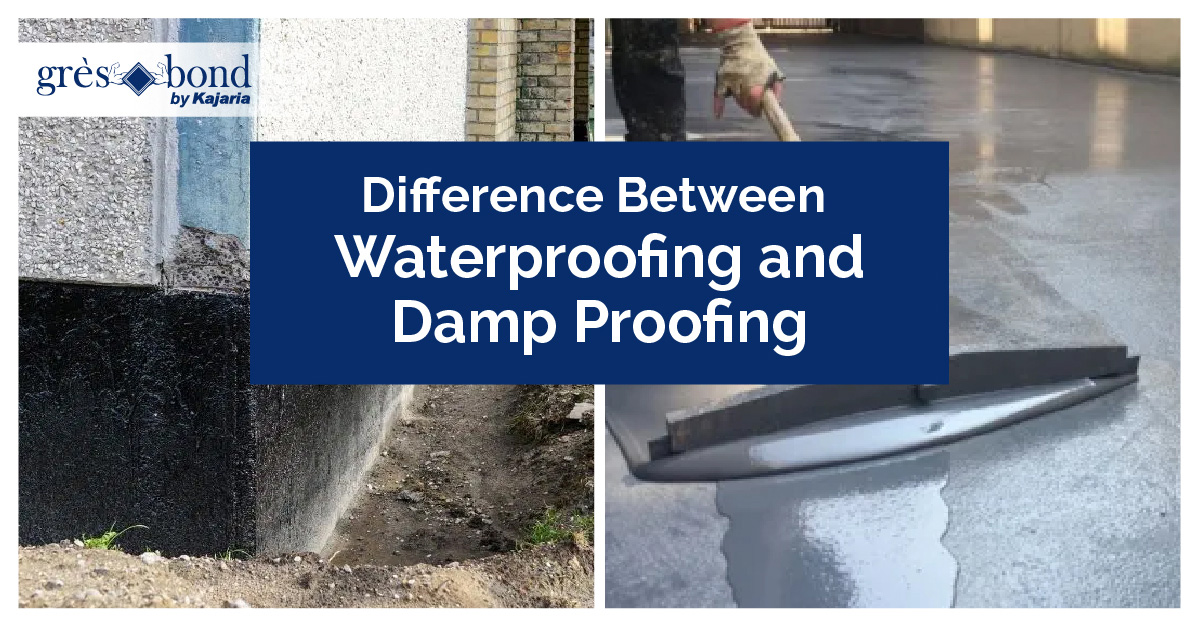Introductory tutorial to understanding rising damp and damp removal newcastle
Introductory tutorial to understanding rising damp and damp removal newcastle
Blog Article
Checking Out the Numerous Techniques and Solutions for Effective Damp Proofing
Moisture in buildings postures substantial obstacles to both structural honesty and indoor air high quality. Different techniques and solutions have emerged to battle this pervasive issue. From typical damp-proof membrane layers to ingenious chemical therapies, each technique provides distinct advantages. Comprehending these choices is necessary for efficient moisture control. Nonetheless, selecting the ideal service depends on details structure problems and requirements, triggering further expedition into the most effective damp proofing approaches readily available.
Comprehending the Reasons For Wetness
Although wetness can develop from various resources, recognizing these causes is crucial for efficient removal. Frequently, dampness originates from 3 primary resources: rising damp, penetrating wet, and condensation. Climbing wet occurs when groundwater takes a trip up via permeable materials, such as block or rock, typically due to a lack of an efficient barrier (mould removal newcastle). Permeating wet is normally created by external factors, including roofing system leakages, faulty seamless gutters, or harmed wall surfaces, permitting water to infiltrate a property. Condensation, on the various other hand, arises from excess dampness in the air, usually intensified by inadequate ventilation and temperature level differences, leading to water beads basing on surface areas. Identifying these underlying concerns is crucial, as each sort of moisture needs a tailored strategy for remediation. Proper assessment aids in identifying the most reliable options, ultimately safeguarding the structural stability of a structure and enhancing interior air high quality
Standard Damp-Proof Membrane Layers

Chemical Damp-Proofing Solutions
Chemical damp-proofing remedies offer a cutting-edge method to avoid wetness intrusion in buildings. These approaches generally include the application of fluid chemicals that permeate masonry and form a barrier versus rising wet. Generally utilized chemicals include silanes, siloxanes, and various other water-repellent representatives that respond with surface area products to produce a hydrophobic layer.The application procedure generally needs exploration openings into the wall surfaces, infusing the chemical solution, and allowing it to treat. This approach is specifically beneficial for older frameworks where conventional damp-proof membranes may be not practical. Chemical damp-proofing can be much less disruptive and more cost-efficient than comprehensive renovation projects.While efficient, these options depend on proper application and ecological problems for peak performance. damp proofing newcastle. Normal upkeep and surveillance are necessary to assure the longevity of the damp-proofing treatment. In general, chemical damp-proofing stands for a versatile option for guarding buildings versus moisture-related damages
Tooth Cavity Wall Surface Building Methods
Dental caries wall surface building and construction methods provide countless advantages, specifically in moisture control and energy efficiency. By integrating an air space between two layers of masonry, these walls efficiently minimize water ingress while enhancing insulation. This combination not just protects frameworks from moisture however also adds to minimized power usage.
Benefits of Tooth Cavity Wall Surfaces
When thinking about reliable wet proofing techniques, the advantages of dental caries wall surfaces stand out plainly. Tooth cavity wall surfaces consist of two different layers, creating an air space that efficiently decreases moisture infiltration. This style decreases the threat of wetness, as the external wall surface serves as an obstacle against rain and water access. Furthermore, tooth cavity walls improve thermal insulation, which adds to energy effectiveness by decreasing warm loss. They also give audio insulation, assisting to develop a quieter interior setting. The air space allows for air flow, which assists in wetness control and decreases the chance of mold and mildew development. These advantages not only enhance the general convenience of a building but likewise contribute to its longevity and structural stability.
Dampness Control Strategies
Reliable moisture control strategies are important in tooth cavity wall construction to guarantee lasting protection versus moisture. One main method includes the unification of weep openings, which assist in water drain from the cavity, preventing buildup. Furthermore, making use of breathable membrane layers can aid manage dampness degrees while permitting entraped vapor to run away. Proper placement of insulation is also vital, as it needs to not obstruct water drainage paths. Furthermore, making sure that the outer leaves of the dental caries wall are created with waterproof products improves total toughness. Regular maintenance checks are necessary to determine any kind of blockages or damages early, securing the structure's stability. Ultimately, a combination of these techniques forms a durable protection versus dampness invasion in tooth cavity wall surfaces.
Insulation and Power Effectiveness
Insulation plays an important role in boosting power efficiency within dental caries wall surface building. By incorporating insulating materials, these wall surfaces produce a thermal barrier that lessens warmth loss and reduces power consumption. Efficient insulation not only helps maintain a secure indoor temperature however additionally reduces the threat of moisture, as it avoids condensation within the wall surface cavity. Numerous techniques, such as the usage of inflexible foam boards or mineral woollen, can be employed to achieve optimal insulation performance. In addition, proper installment is necessary to assure that spaces and voids are decreased, which can or else jeopardize energy performance. Eventually, a well-insulated dental caries wall surface adds greatly to total sustainability and reduces home heating and air conditioning costs for house owners.
Exterior Damp Proofing Methods
Outside wet proofing approaches are essential for protecting structures from moisture infiltration. 2 reliable methods include the application of water resistant membrane layers and the installation of French drains. These remedies help mitigate water build-up and maintain the honesty of structures.
Waterproof Membrane Layer Application
While various methods exist for stopping moisture access, the application of water-proof membrane layers stays a very effective outside damp proofing strategy. These membranes are normally made from products such as polyethylene, rubber, or modified asphalt, offering a durable barrier versus water infiltration. The installation procedure entails using the membrane layer to the exterior surfaces of walls or foundations, making sure total insurance coverage to stop leakages. Proper bond and sealing at joints are important to making best use of effectiveness. Water-proof membrane layers can be applied in numerous types, consisting of fluid coatings and sheet membranes, enabling for adaptability based upon the particular requirements of the framework. This technique not just protects structures from moisture however additionally improves their longevity and architectural integrity.
French Drain Setup
One efficient approach for handling groundwater and stopping dampness buildup around a building's structure is the installment of a French drainpipe. This drain system is composed of a trench loaded with crushed rock and a perforated pipeline that redirects surface water away from the foundation. Correct setup requires careful preparation, making certain that the drainpipe inclines away from the structure to facilitate suitable water circulation. Additionally, the place of the drainpipe is crucial; it ought to be positioned in areas susceptible to merging or excess moisture. Routine upkeep, including clearing debris from the crushed rock and making sure the pipeline continues to be unobstructed, is essential for lasting efficiency. Eventually, a well-installed French drainpipe can considerably decrease the danger of water-related problems in basements and structures.
Interior Waterproofing Strategies
Interior waterproofing techniques are vital for protecting a structure's interior from moisture seepage and prospective water damages. These techniques usually include the application of specialized products and strategies designed to develop a moisture obstacle within the structure. One usual method is using water resistant coverings or sealants on walls and floorings, which protect against dampness from permeating surfaces.Additionally, mounting interior drain systems, such as sump pumps, can effectively take care of water build-up in basements and creep rooms. Another approach involves the use of vapor obstacles, which are installed to inhibit moisture movement from the ground right into living spaces.Moreover, dealing with any type of fractures or gaps in walls or structures with ideal sealants assures a thorough protection versus water intrusion. By applying these indoor waterproofing strategies, building proprietors can significantly decrease the threat of mold and mildew development, structural damage, and various other moisture-related concerns. Proper execution of these techniques is essential for long-lasting protection and structure honesty.
Normal Upkeep and Evaluation Practices
Regular upkeep and inspection techniques are important for ensuring the long-term effectiveness of moist proofing services in any kind of building. Routine checks make it possible for homeowner to recognize early signs of dampness intrusion, such more info as peeling off paint, mold and mildew development, and moldy odors. These indications can signify underlying problems that call for instant attention.Inspections ought to be performed at least every year, focusing on susceptible areas like cellars, creep rooms, and exterior walls. During these analyses, homeowner must analyze sealers, drainage systems, and air flow to verify they function correctly.Additionally, keeping downspouts and seamless gutters is important, as stopped up systems can bring about water accumulation near the structure. Implementing a routine maintenance routine, along with prompt fixings, can considerably extend the lifespan of moist proofing steps and shield the architectural stability of the structure. Proactive steps eventually contribute to the overall wellness and safety and security of the living atmosphere.
Often Asked Questions
Exactly How Lengthy Does Damp Proofing Normally Last?
The duration of damp proofing performance differs, usually lasting between 20 to 50 years. Factors such as application high quality, ecological conditions, and upkeep practices substantially influence the durability of the damp proofing treatment.

Can I Damp Proof My Home Myself?
The private considered the feasibility of do it yourself damp proofing. With appropriate research study and the appropriate materials, it is feasible. Nonetheless, they additionally acknowledged the importance of expert assistance to assure lasting effectiveness and prevent future problems.
What Are the Indicators of Inefficient Damp Proofing?
Signs of inefficient wet proofing include consistent moldy odors, noticeable mold growth, peeling off paint, damp patches on walls, and wood decay - damp specialist newcastle. Homeowners ought to resolve these issues without delay to stop additional damages and health and wellness problems
Does Damp Proofing Affect Indoor Air High Quality?

How Much Does Professional Damp Proofing Cost?
Specialist damp proofing expenses differ substantially, commonly varying from $1,000 to $5,000 depending on the residential property's size, the level of the wet issue, and picked approaches. Each situation needs a customized assessment for precise pricing. Generally, moisture originates from 3 primary sources: increasing moist, passing through moist, and condensation. When taking into consideration effective damp proofing techniques, the advantages of cavity wall surfaces stand out prominently. External damp proofing approaches are necessary for safeguarding frameworks from moisture infiltration. While different techniques exist for protecting against moisture ingress, the application of waterproof membranes continues to be an extremely effective outside moist proofing technique. Indications of ineffective damp proofing consist of consistent musty smells, visible mold growth, peeling paint, damp spots on wall surfaces, and wood decay.
Report this page